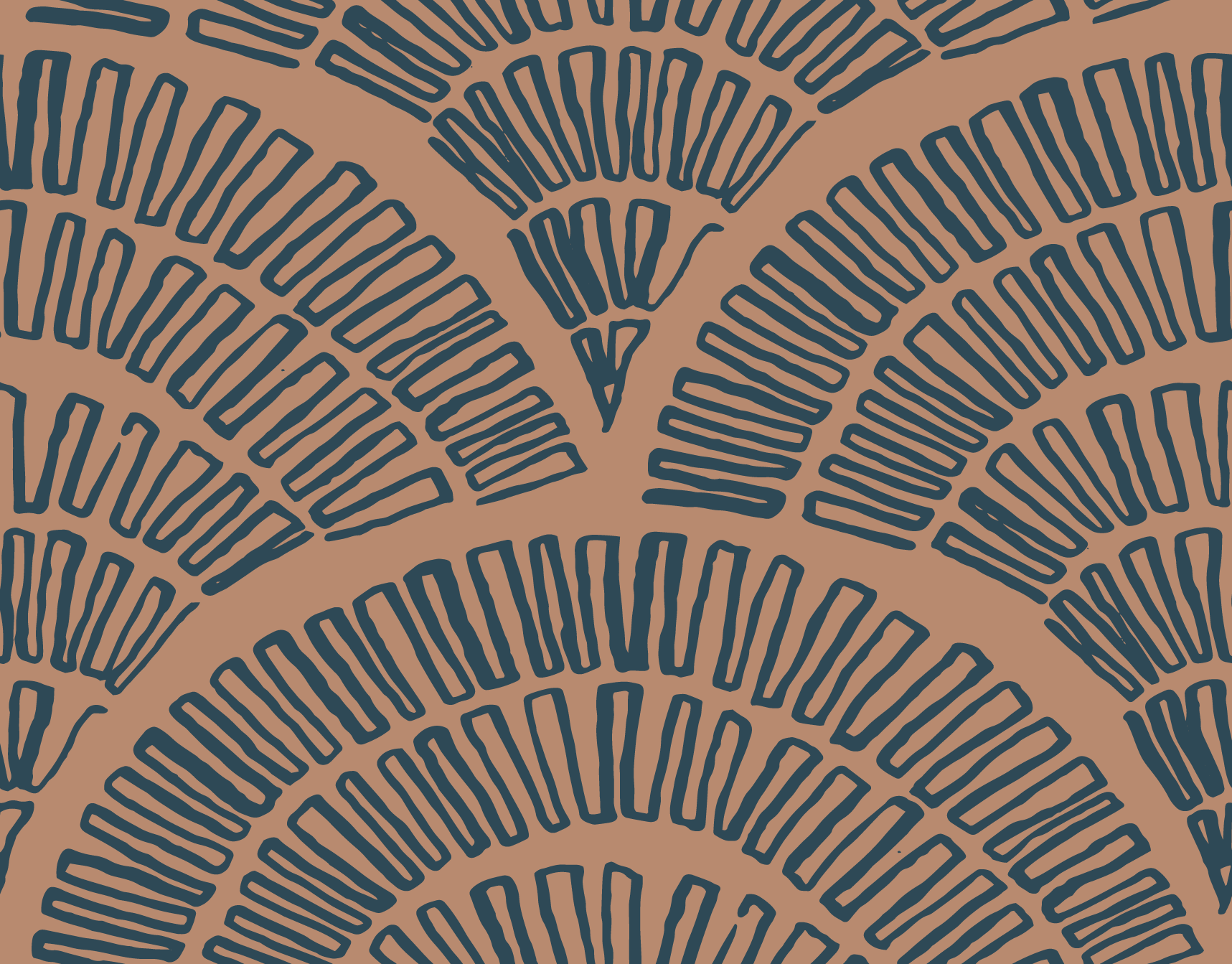Behind the Process: Piccadilly
Last month on the blog, I gushed over my admiration of the textile design industry via my project with Lea Rutledge. It felt only right that I follow up for this month with a look behind the scenes of my own dabbling with textiles!
I’ve shared a bit on Instagram about my work with Piccadilly, a Charlotte-based bespoke clothing brand that focuses on fabulous items for moms and little ones. I’ve now had the chance to work with them on two different collections, and have learned so much along the way! Here’s a little peek at how the process works.
The Piccadilly team starts the process by putting together some inspiration and color ideas for each season, and shares them with their designers before letting us loose to explore and create.
After I have an idea of where I’m headed, I typically start with some sketching of ideas by hand. This stage is rough and exploratory, which I absolutely love. No concern with perfection yet — this is play.
After I have some thoughts planned out, I determine whether I need to create elements of the design by hand or start on the computer. My personal style is always to make a final product that feels hand-crafted, so I typically reach for some analog tools before my laptop.
One of the most fun parts of the process is determining which tangible tools to work with. Using a pencil will create a totally different texture than watercolor or gouache paint, and india ink requires a whole different process than a less opaque medium. I love playing with different options to see which achieves the perfect balance of handmade and refined.
After creating these elements by hand, I scan them in to my computer and start working with them in either Photoshop or Illustrator, depending on the medium and the look I’m going for.
At this point, art collides with geometry as I think through how to use these elements as a repeating pattern. Unlike a typical piece of art or design, where each element stays stationary on a fixed plan at a fixed size, these deliverables have to work in a way where they can be printed on large rolls of fabric, wallpaper, etc.
So, I begin working in a fixed square size and arrange elements so that they will connect perfectly with each other when repeated. In other words, if 20% of an element gets cut off at the top of the square, that 20% has to show up, perfectly aligned, at the bottom of the square to complete the pattern.
Without getting too complex for a quick blog post, this process is repeated with each element as they are layered on top of each other to create the complete look, and then a whole new dimension of design is added as color palettes are tweaked and perfected. It’s incredible how much a different color palette can take the same pattern and make it feel masculine and bold vs. playful and childlike.









